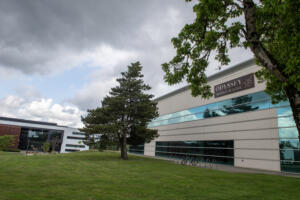A long, contentious debate — filled with passions, twists and finances — over hiring new firefighters at the Camas-Washougal Fire Department hit a conversation-stopper this week, after the majority of Camas City Council members agreed the hires are necessary and the city will have to find funding, even without Washougal’s 40 percent buy-in.
Camas Finance Director Cathy Huber-Nickerson presented Camas leaders with a narrowed list of decision points at the council’s Oct. 15 workshop. At the heart of the fire department budget package is the hiring of four new firefighters.
“From my point of view, this seems like a minimum,” Councilman Steve Hogan said.
Councilors debated whether the new hires would also have to be paramedics, or if they could get away with a less-costly firefighter/emergency medical technician (EMT) combination. They also deliberated future funding options, considering the new hires would require an annual salary commitment, not a one-time investment. Washougal recently said they would not be funding the 40 percent asked of them in the fire department’s inter-local agreement (ILA) the cities agreed to in 2013.
In the end, however, most council members said Camas had to hire the new firefighters and they could figure out the “how” later.
“I can’t not support this,” Councilman Greg Anderson said. “We need better service to our citizens.”




